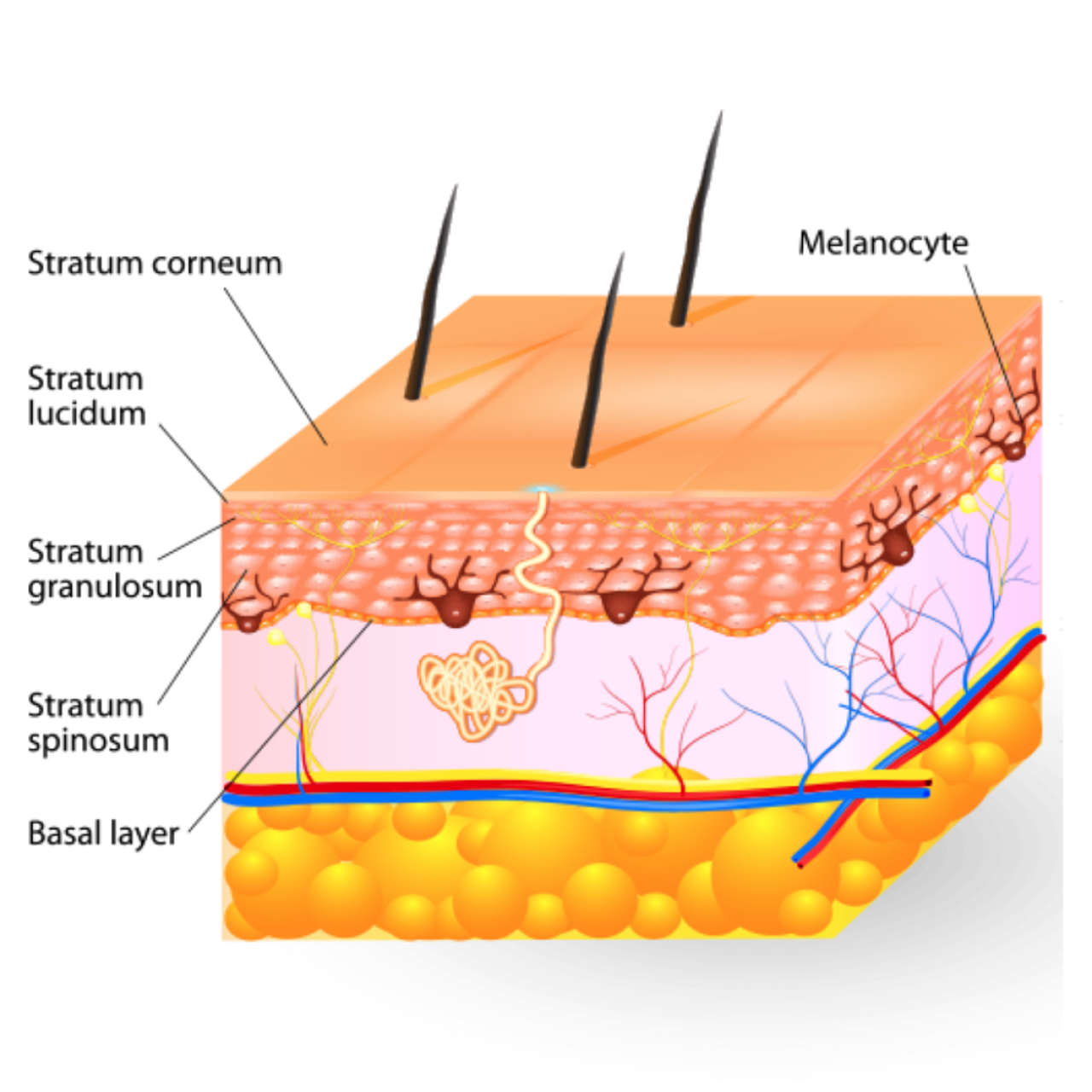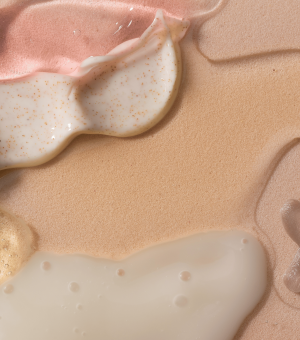An equivalent principle applies to skin hydration. In an ideal situation, the skin hydrates itself. This principle, called homeostasis, is the natural function of the skin to hydrate itself by itself through the inner layer of the epidermis or through the ambient moisture. However, certain factors such as age, temperature, cold, wind, sun or frequent washing can disrupt homeostasis and cause the outer layer of the skin to dry out.
Indeed, the skin draws water from the body to the surface, but drinking a lot of water does not have a direct impact on skin hydration. However, since the human body is composed of 80% water, it must be well hydrated. A well-hydrated body will help the skin's natural homeostasis to take place.
Is dry skin serious?
In general, since the skin regenerates itself, it is not serious to have dry skin on occasion.
The skin's role is to protect us from external agents. When it is damaged, it becomes more vulnerable to external agents and prone to infections or inflammations. As it dehydrates, it loses its elasticity. It is at this point that the skin will appear drier, rougher, chapped or even discolored.
One of the first problems encountered is often a feeling of itchiness or discomfort.
However, some extreme dry skin conditions can also lead to more serious skin diseases.
Types of skin
We often hear about skin types: dry skin, oily skin, normal skin. This is mainly a marketing principle to facilitate the choice and sale of over-the-counter skin products.
Oily skin
It is quite natural to have slightly oily or greasy skin on the face. This is due to the work of the sebaceous glands, which are present in greater quantities on the face and genitals. The sebum secreted by the glands doesn't really have much of an impact on skin hydration, but it can leave a more oily or greasy appearance. Products for oily skin will be lighter, often in gel form, to avoid clogging the pores of the skin and causing pimples.
Dry skin
Products for dry skin are simply creamier, thicker and have better occlusives to allow for better absorption of water into the skin.
Why use moisturizer?
Moisturizing creams keep water inside the skin, that's the primary function of a moisturizing product! Certain ingredients contained in creams help to retain or attract water from the lower layers of the skin to the outer layer, thus allowing for better hydration
In the vast majority of products, water will be one of the first ingredients in order to bring some water into the cells. Next, oils will be used to solidify the links between each of the cells and close the skin barrier. Afterwards, the occlusive elements are petroleum or silicone derivatives, shea butter or beeswax for example. The role of occlusives is to allow active ingredients such as water and oils to do their work while being protected from environmental factors and evaporation.
Several other ingredients can be found in creams. Let's take ceramides as an example. Ceramides are present in the surface layer of the skin and are therefore important ingredients for hydration. There are some nice over-the-counter products with these molecules, which can help keep moisture and the skin barrier intact.




